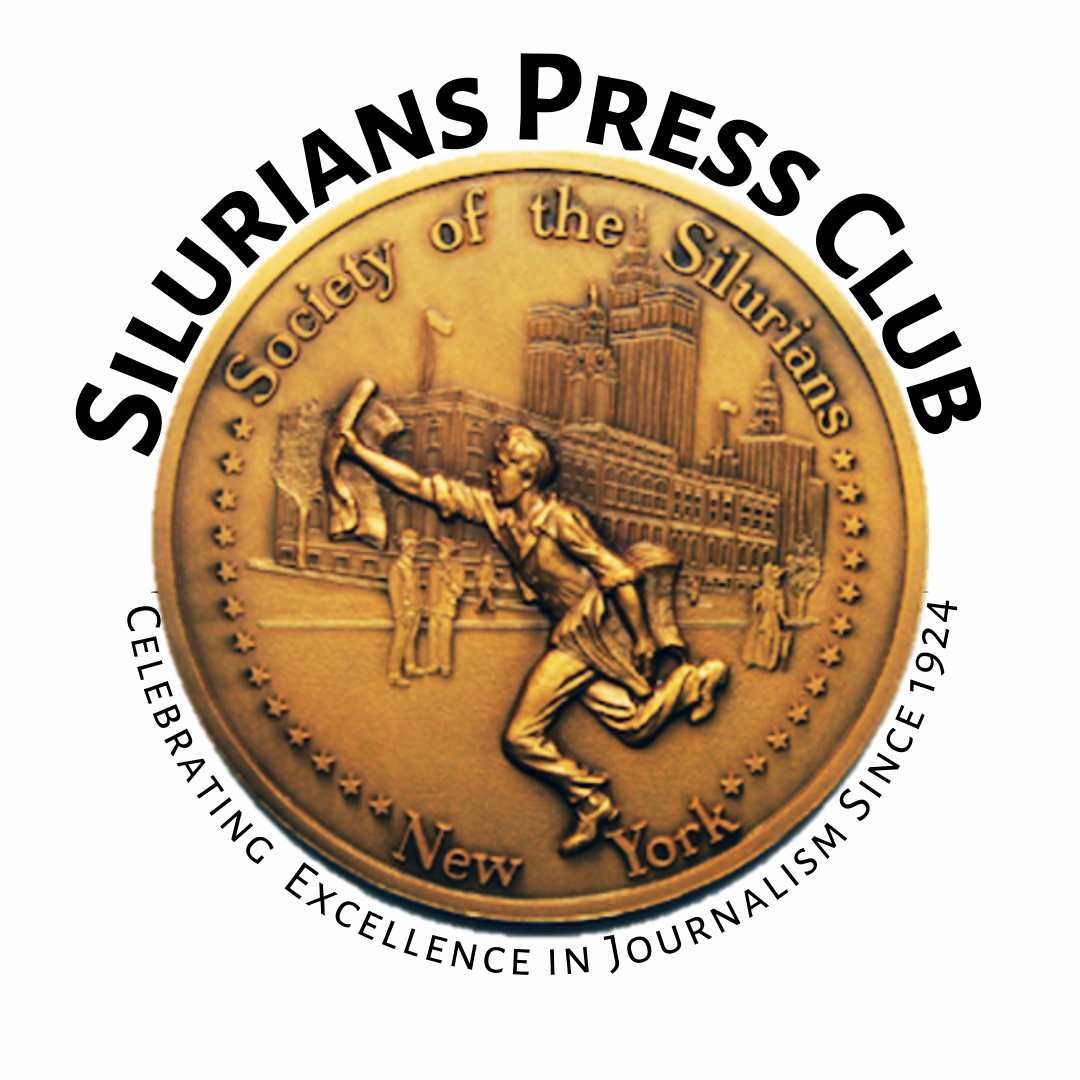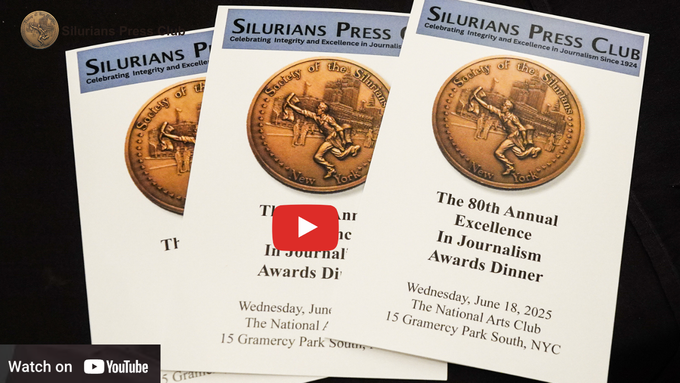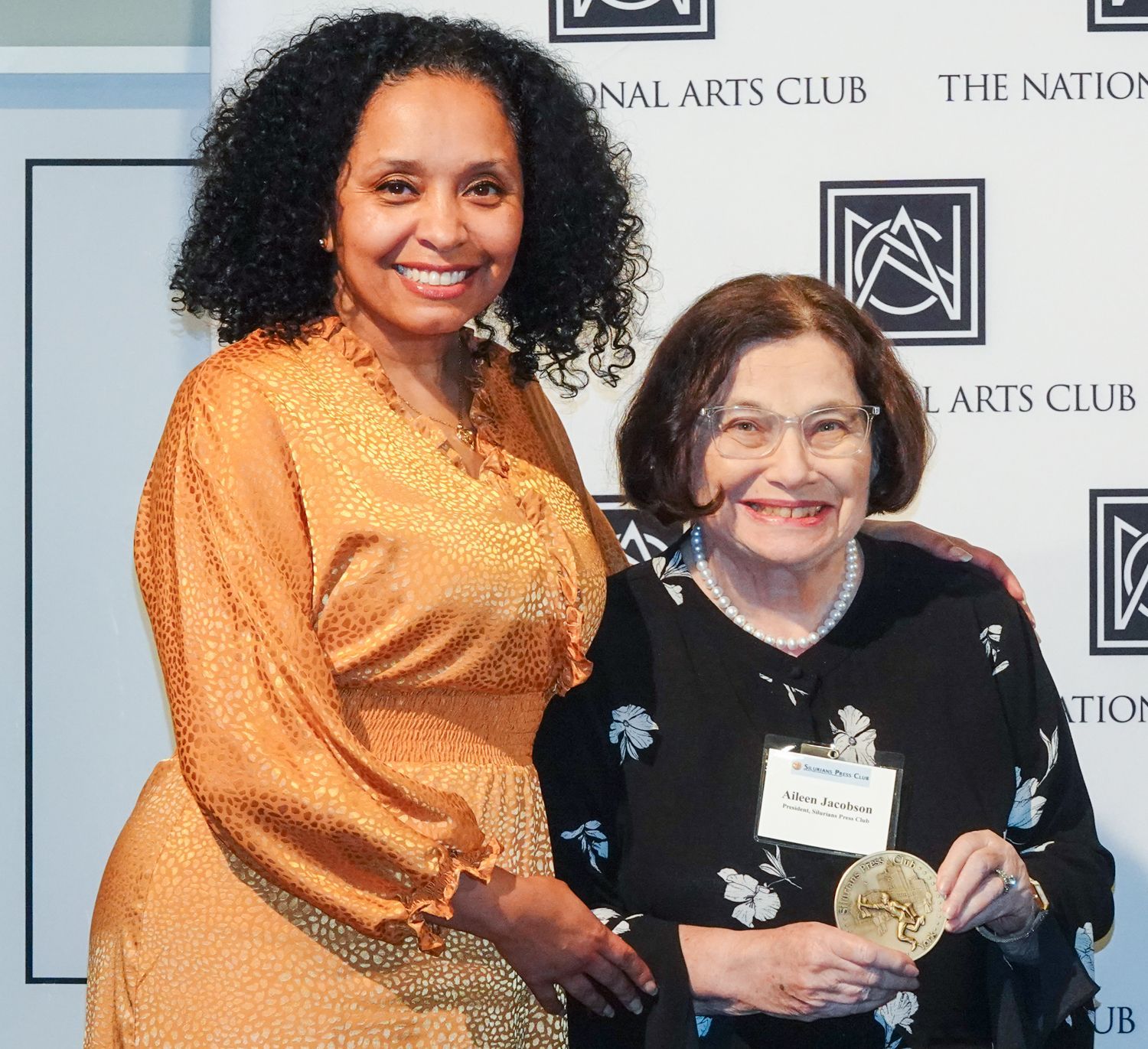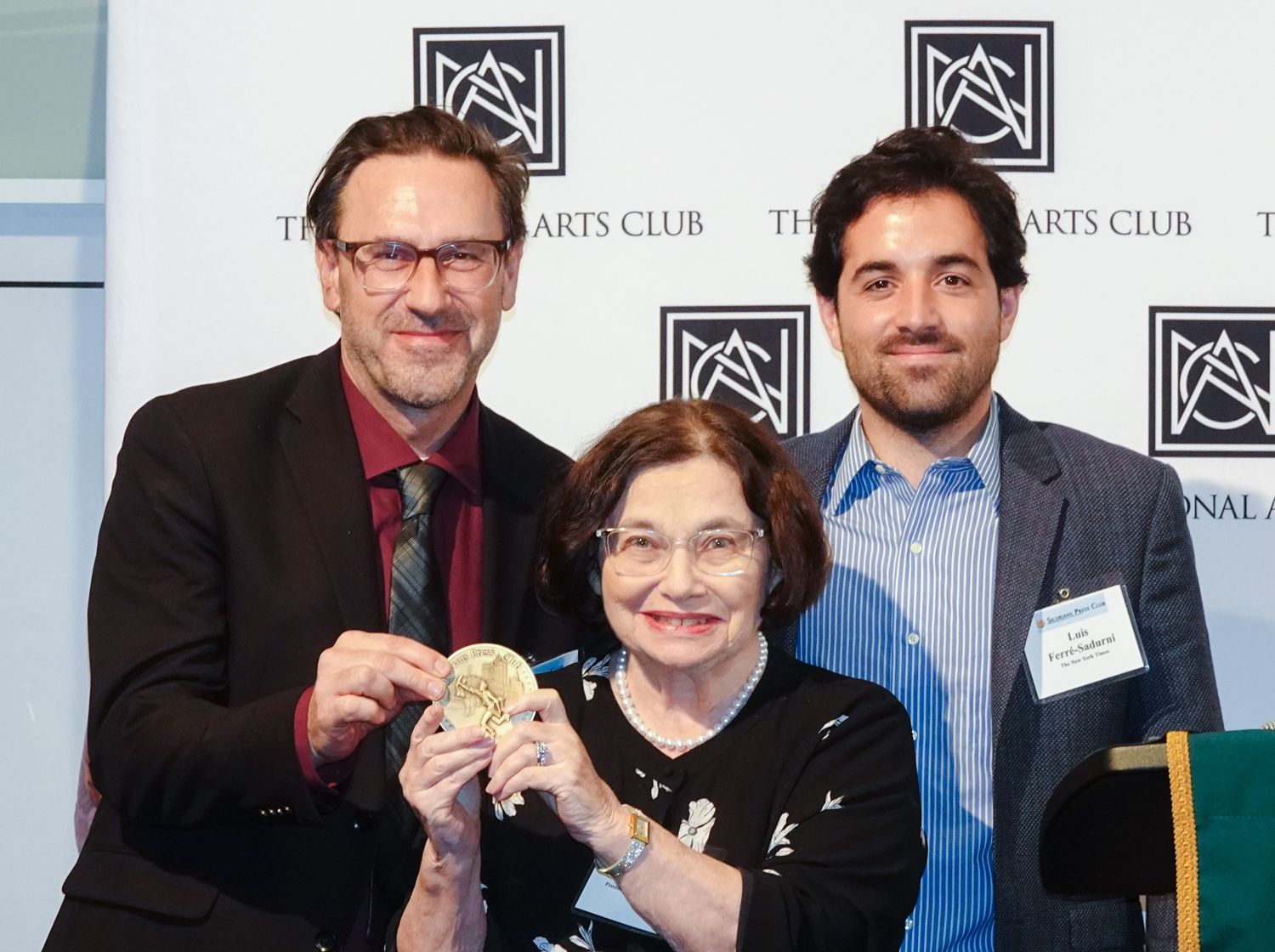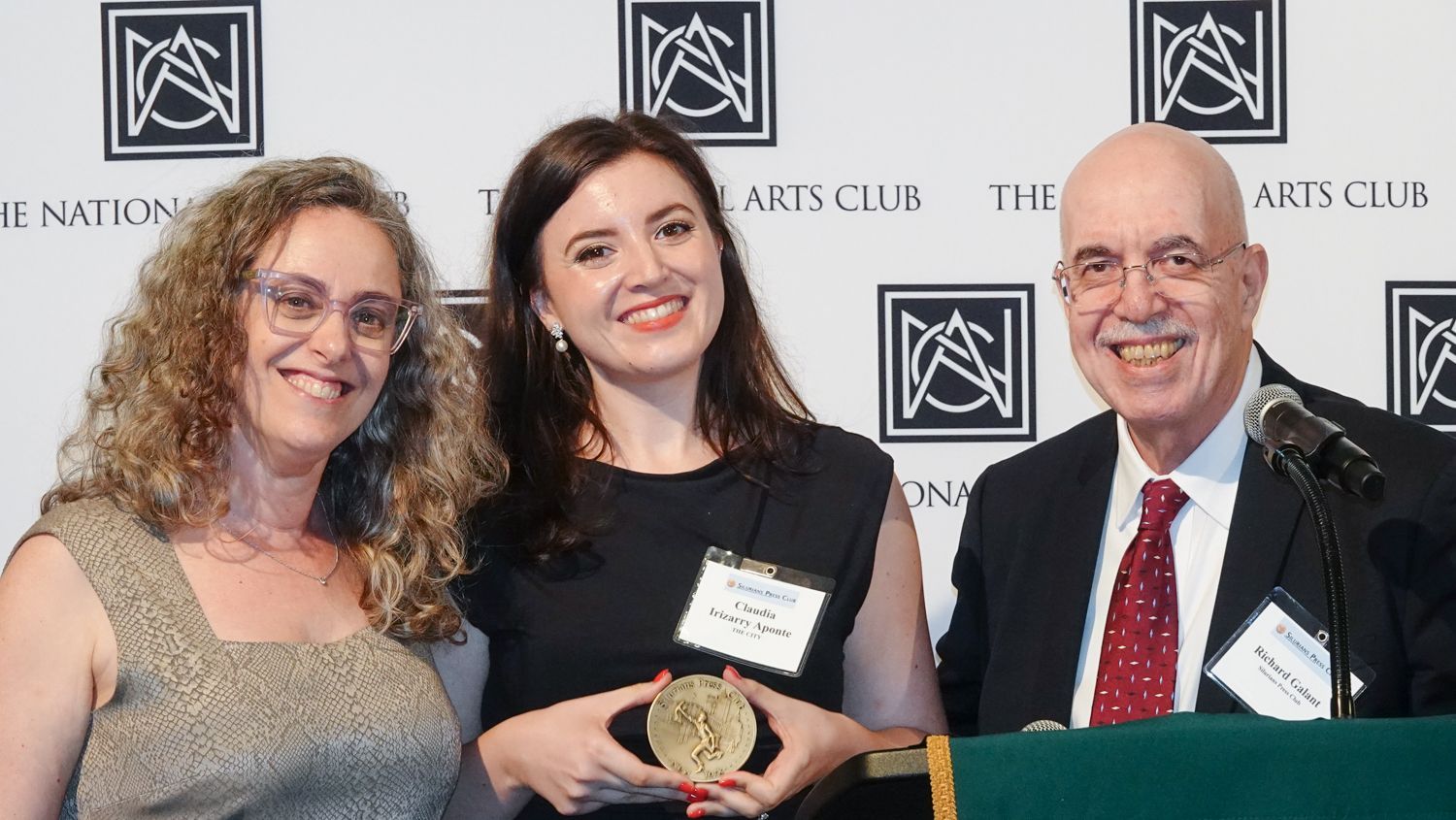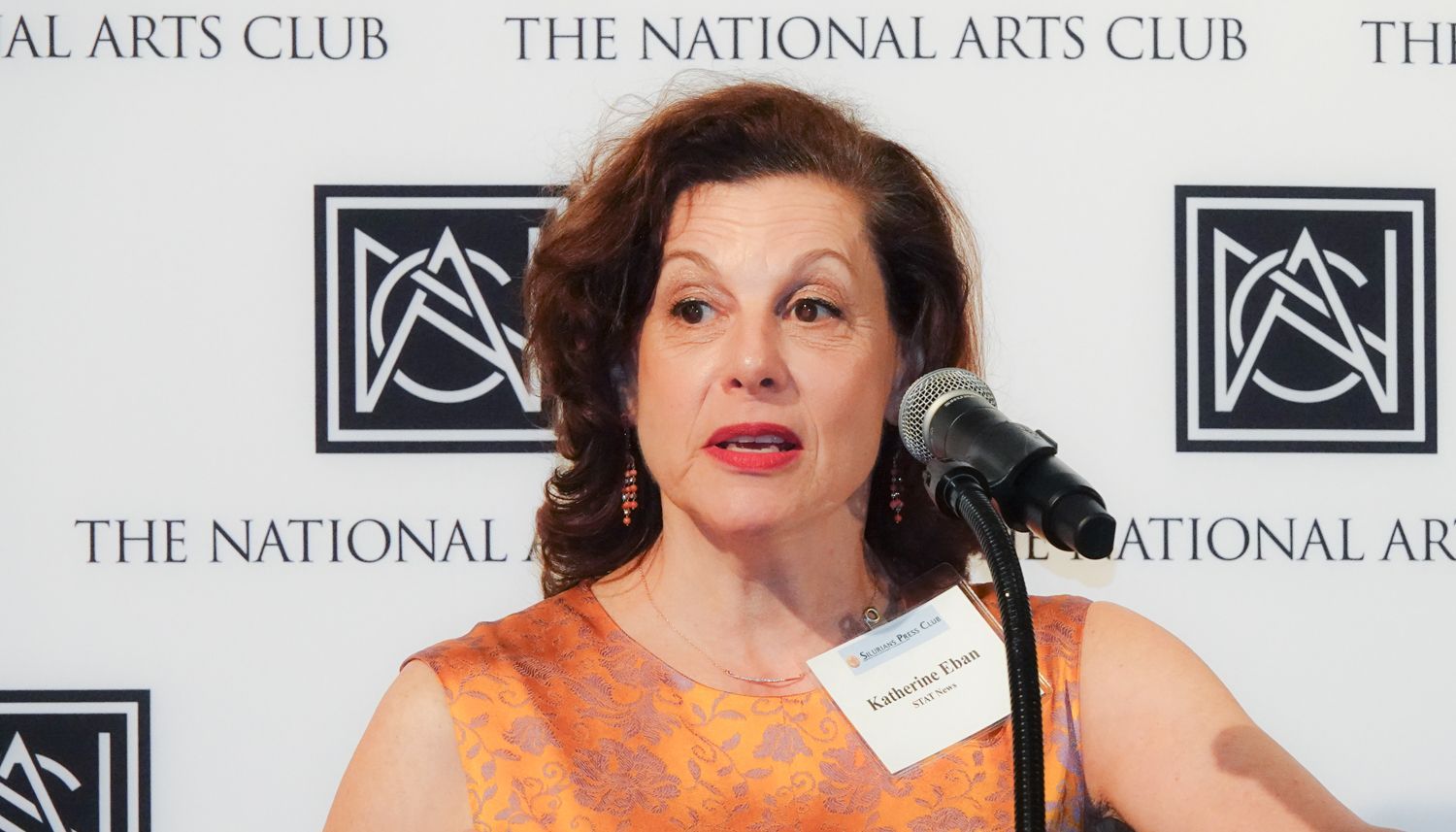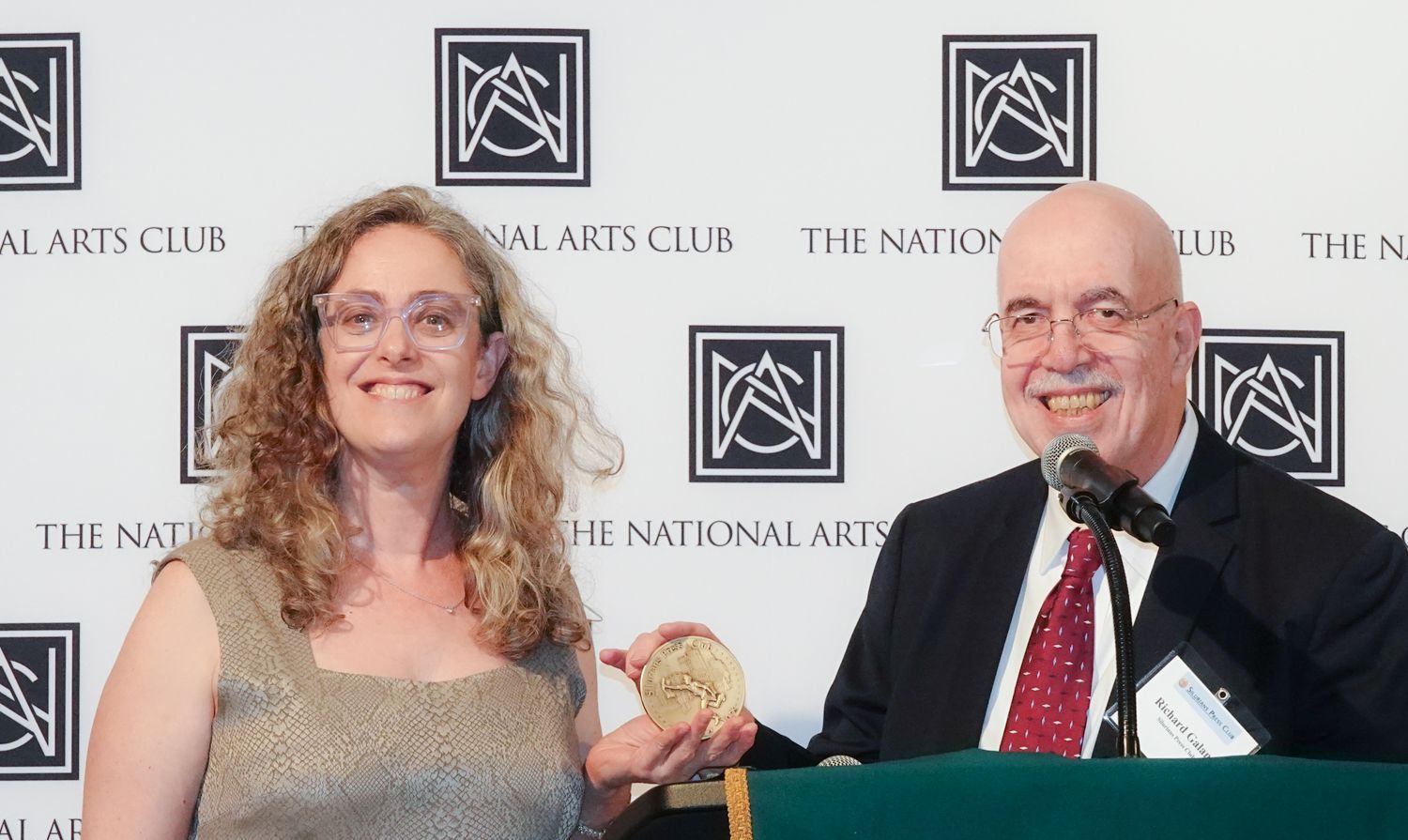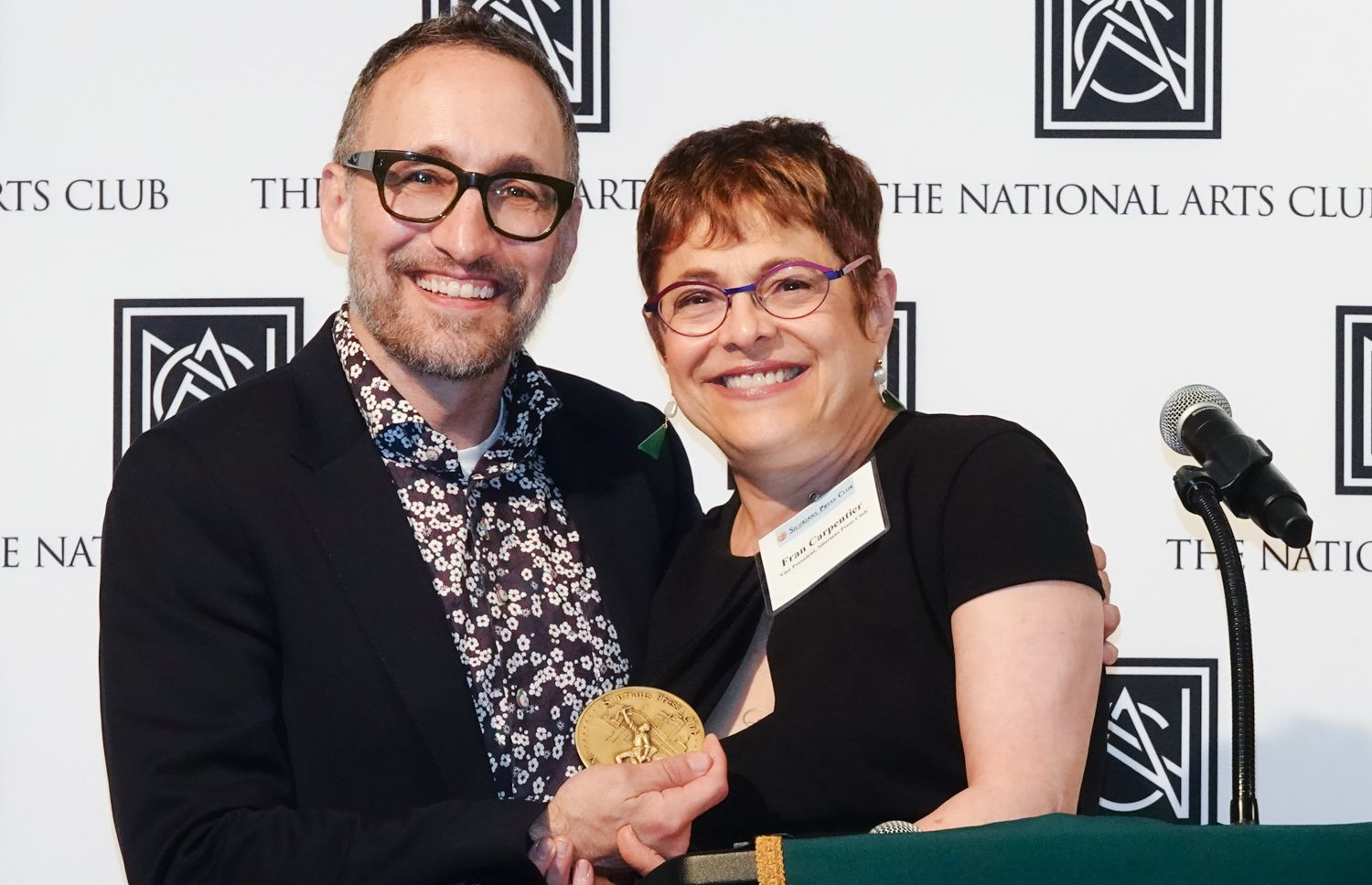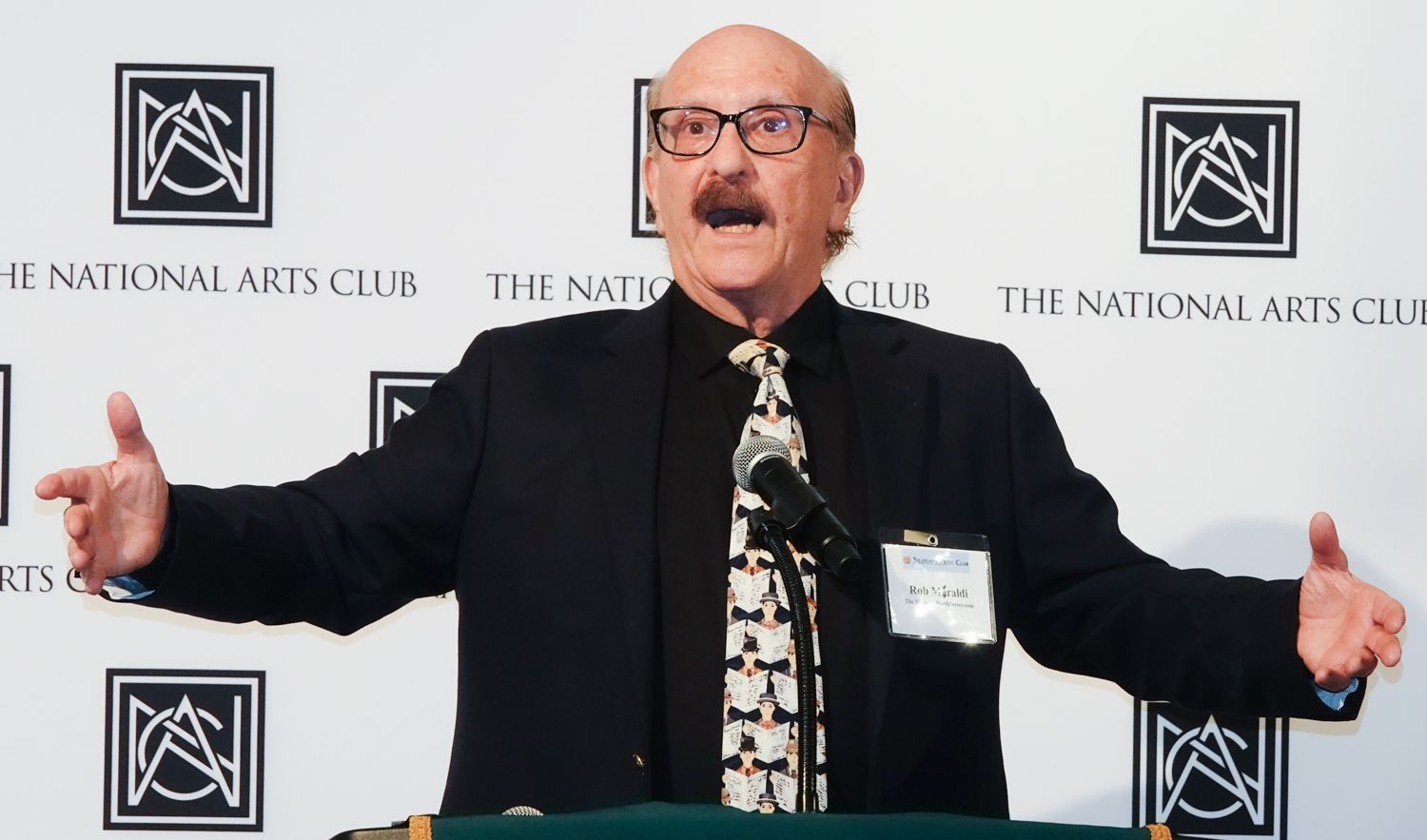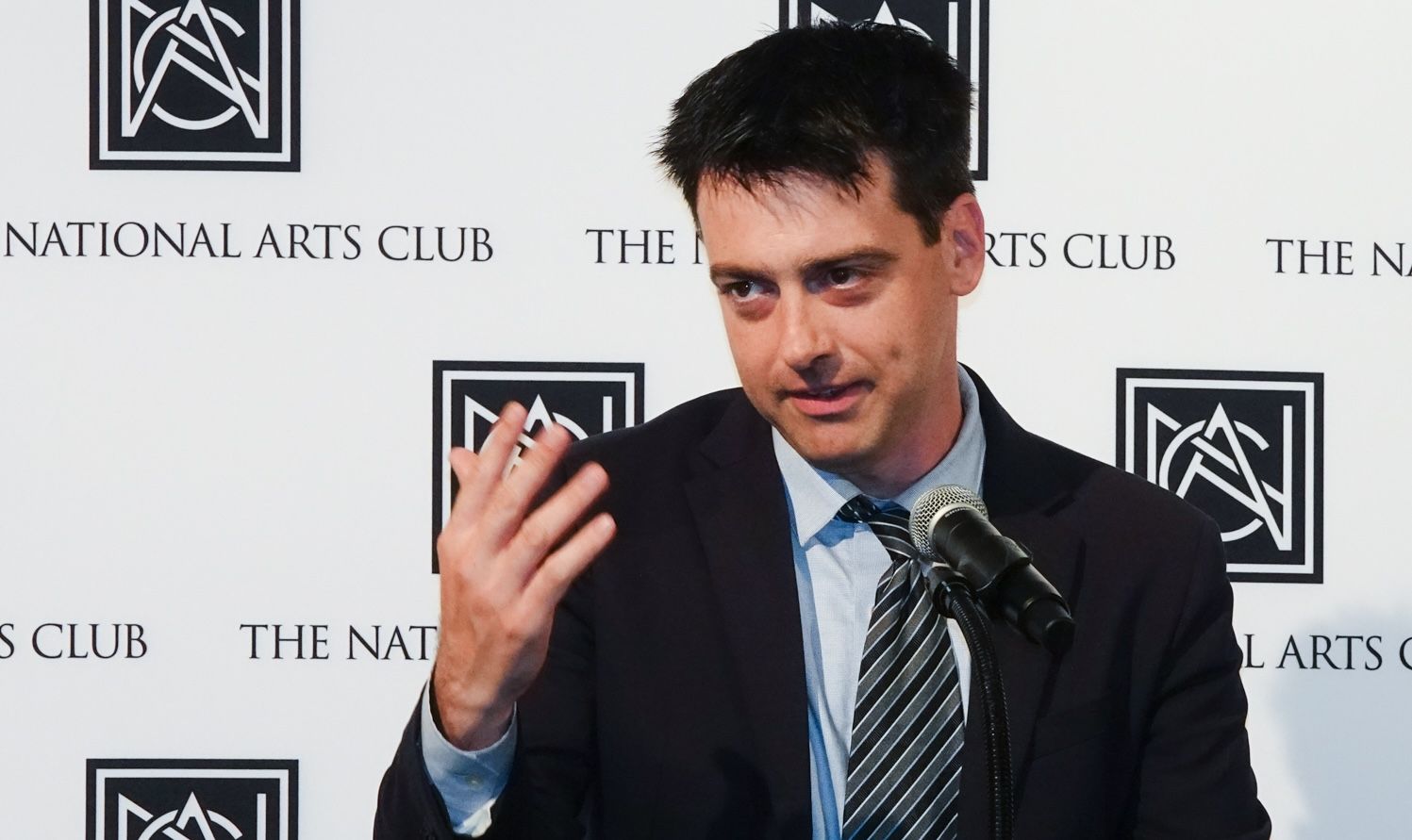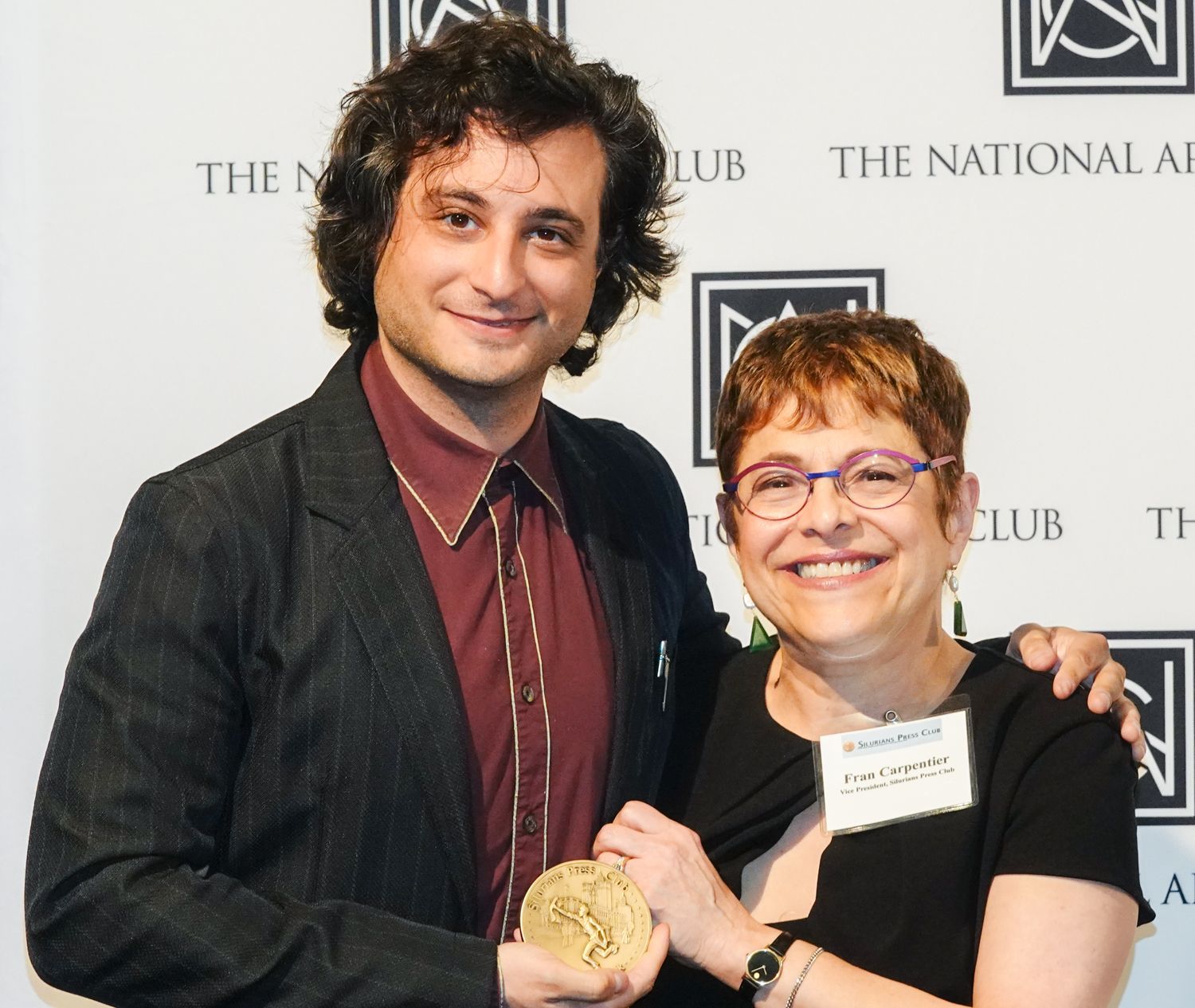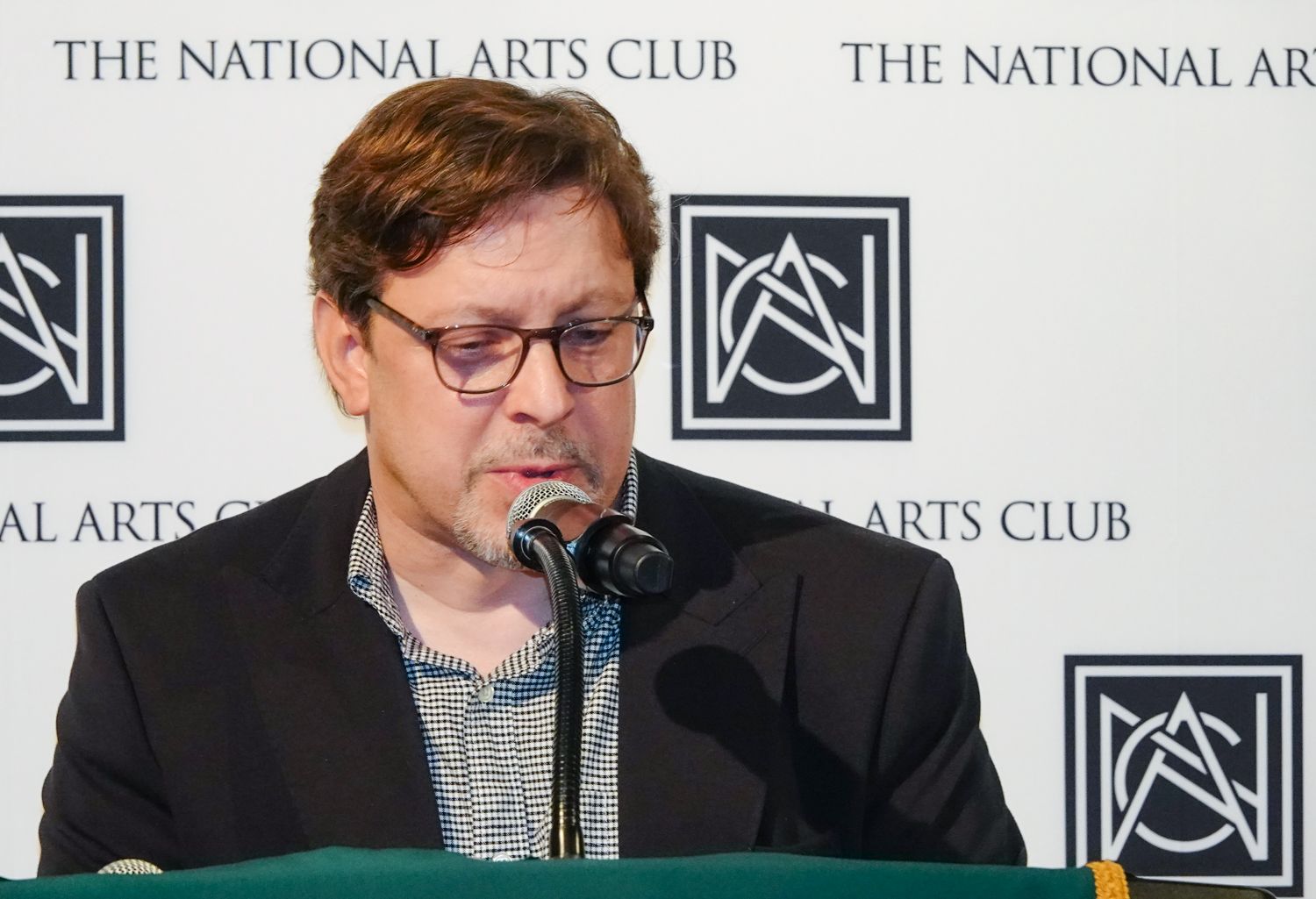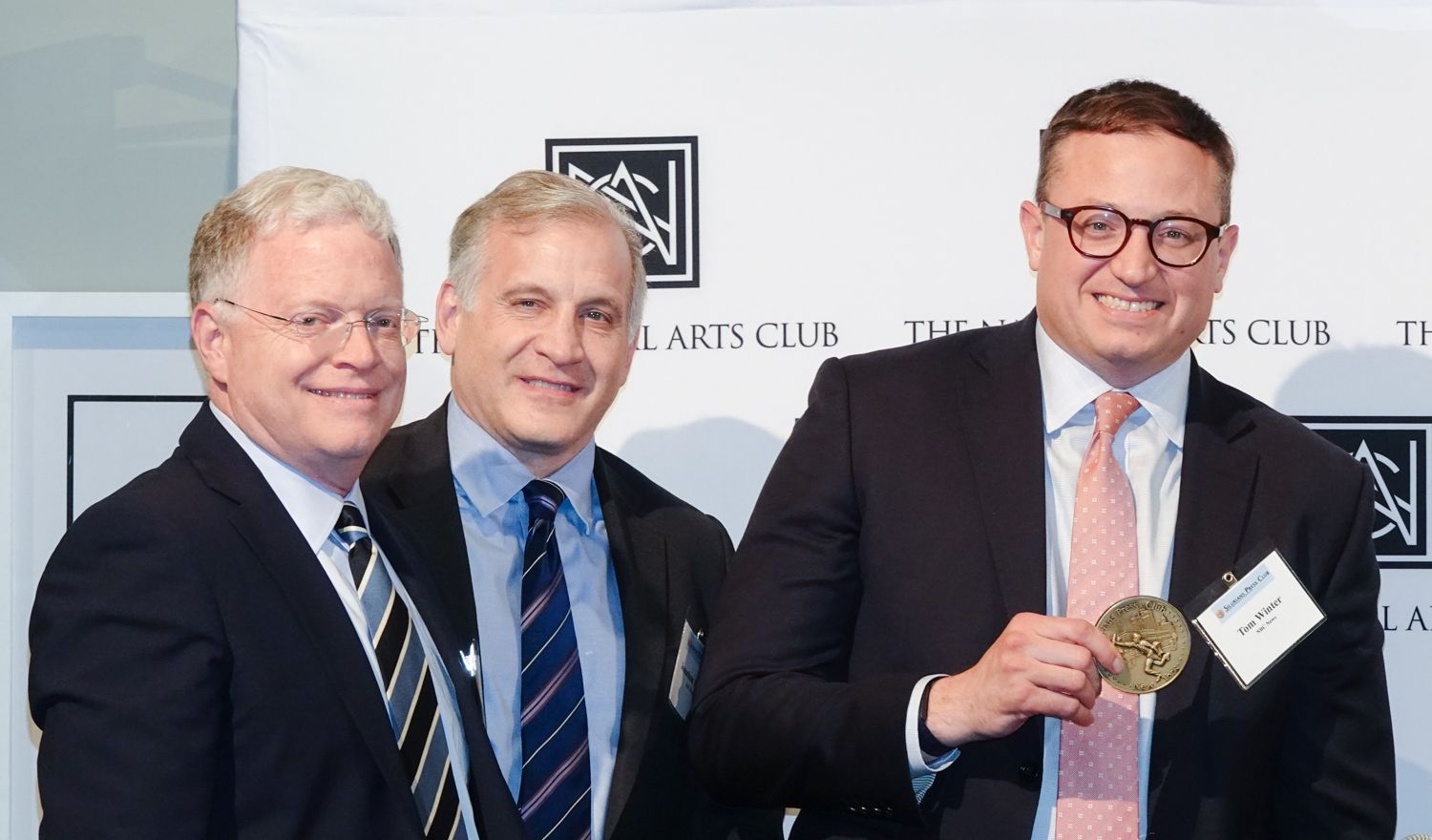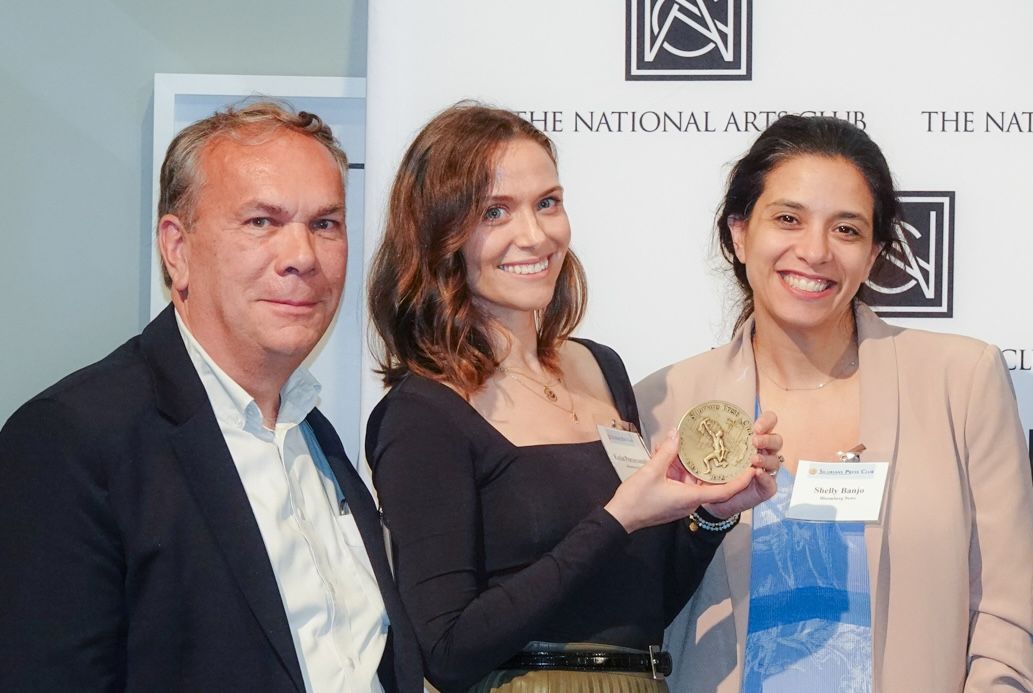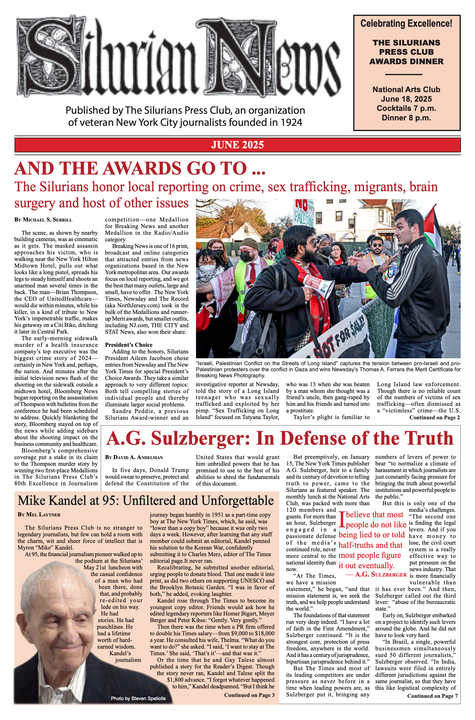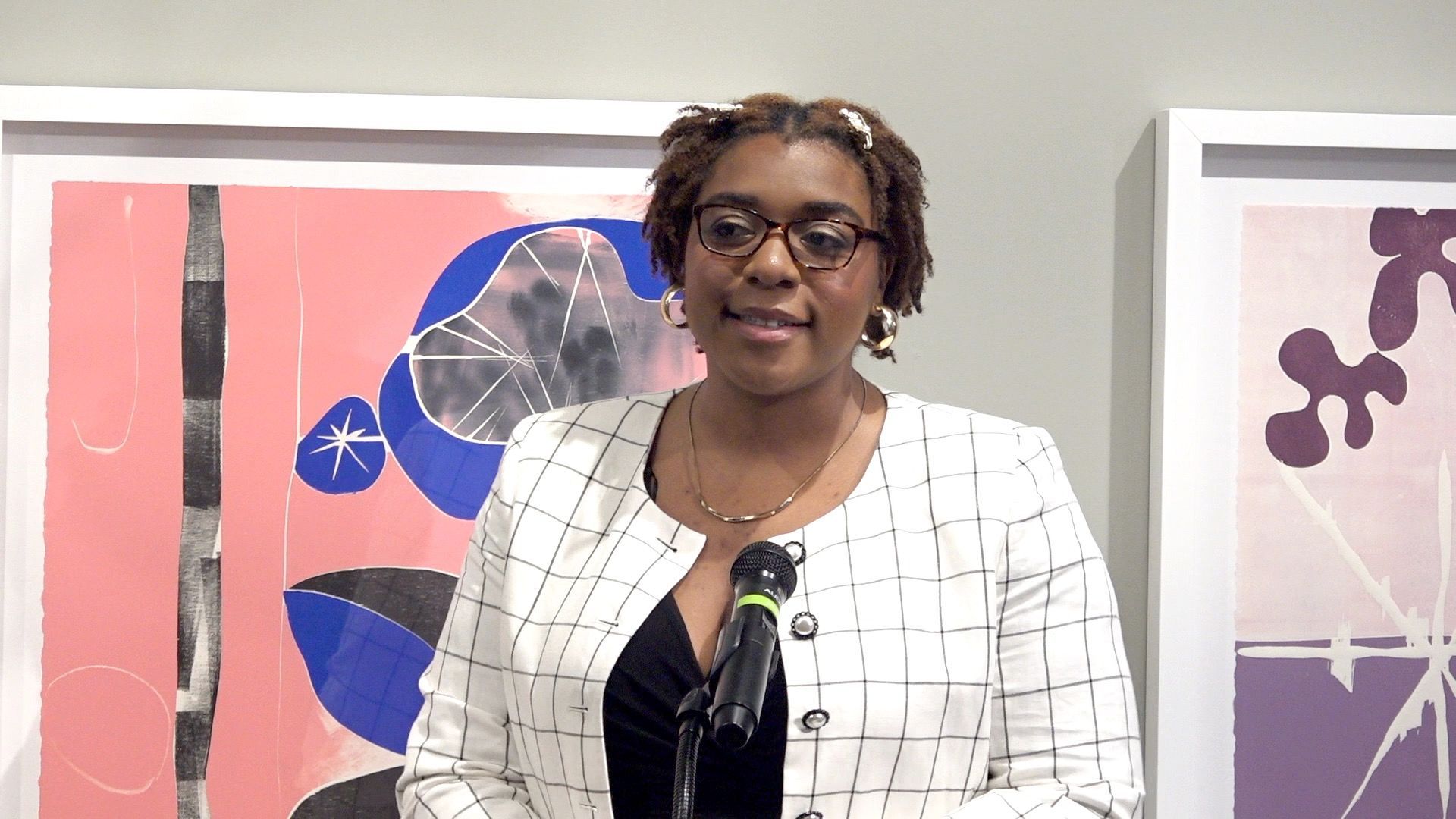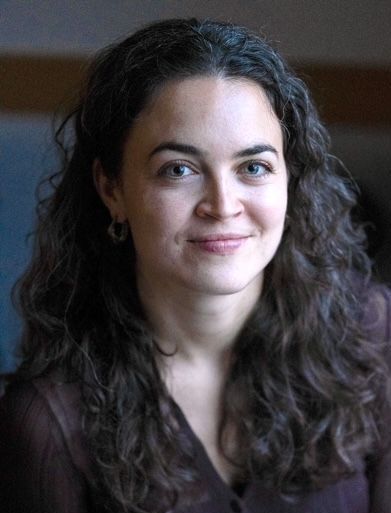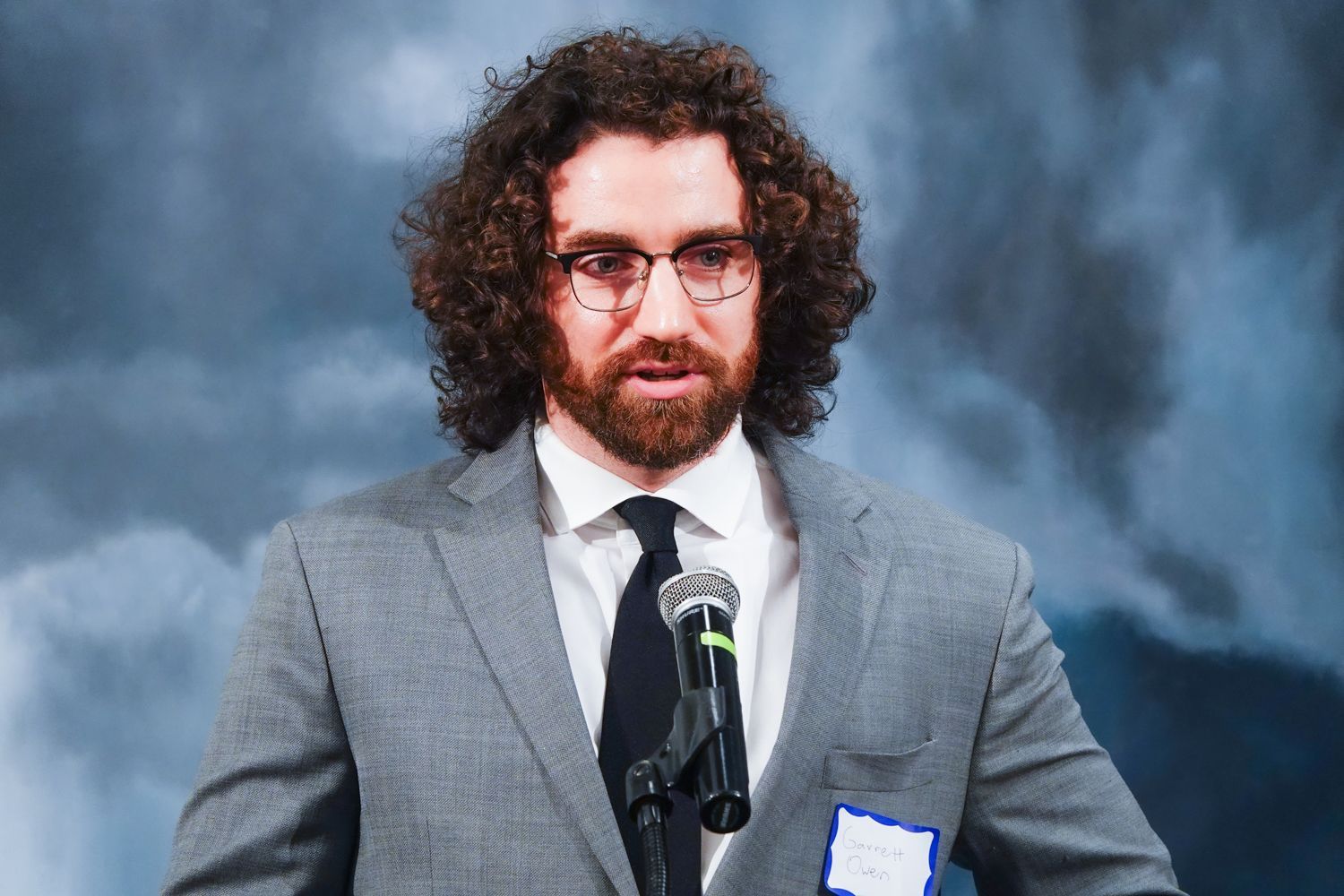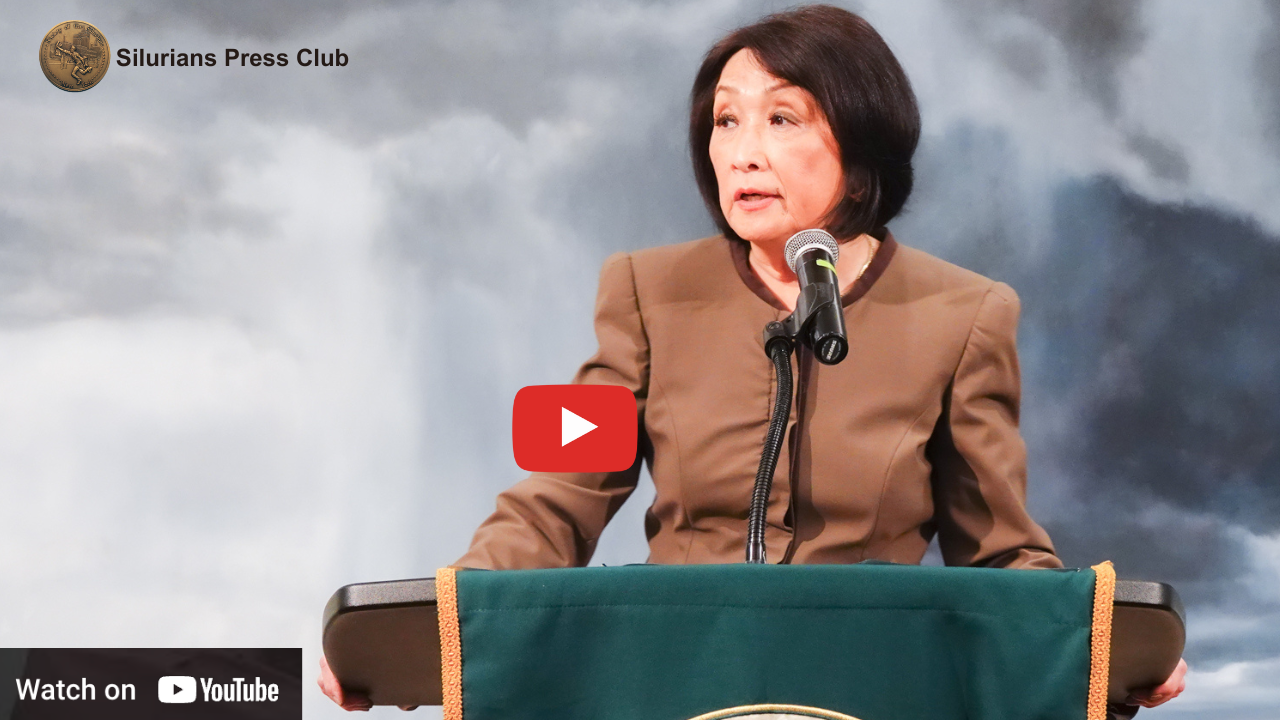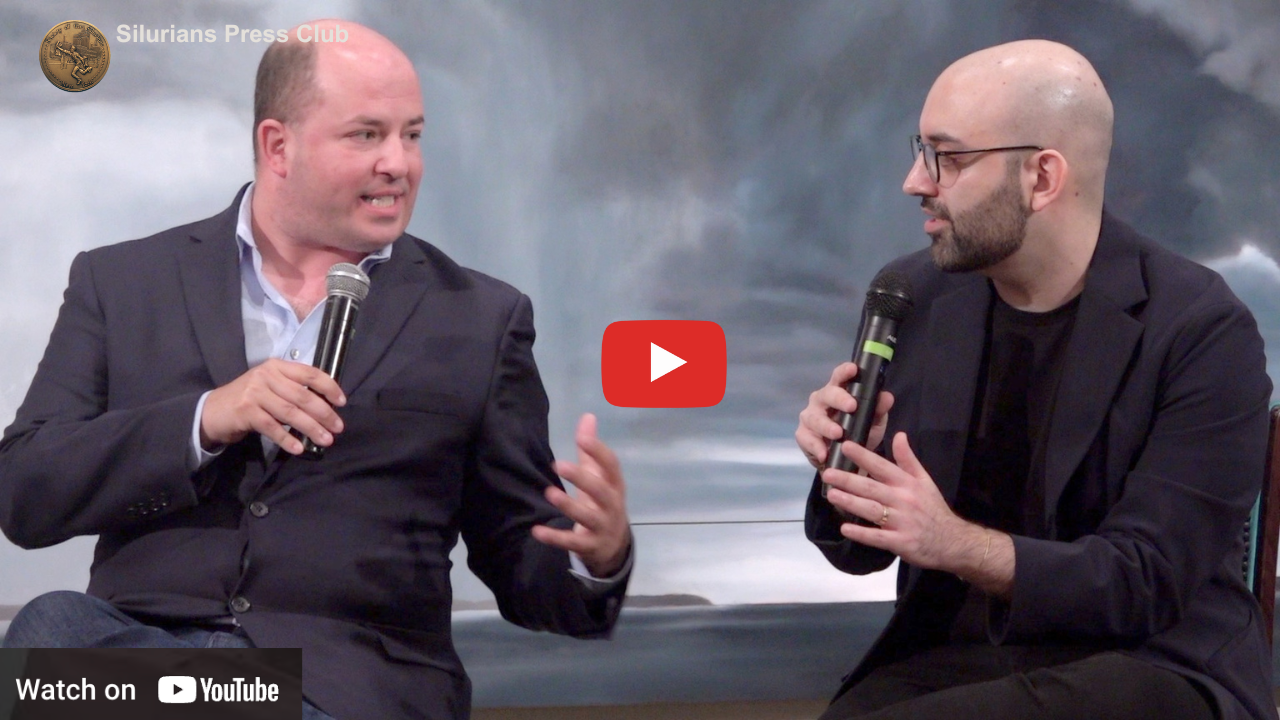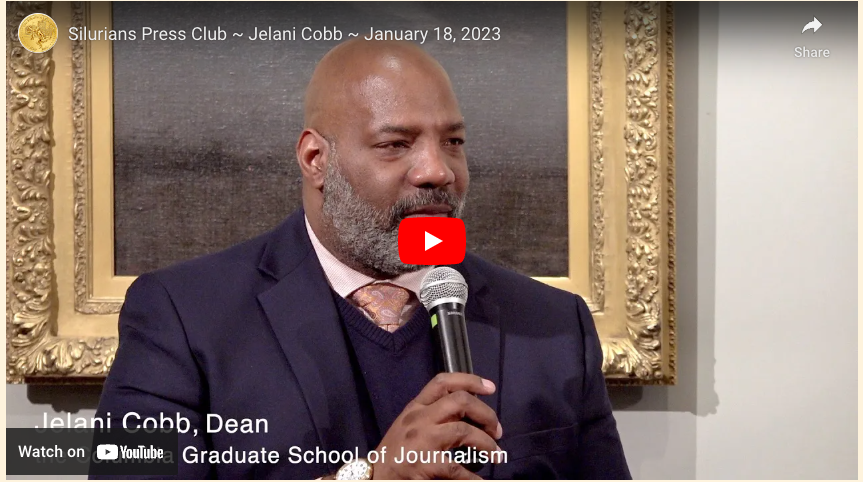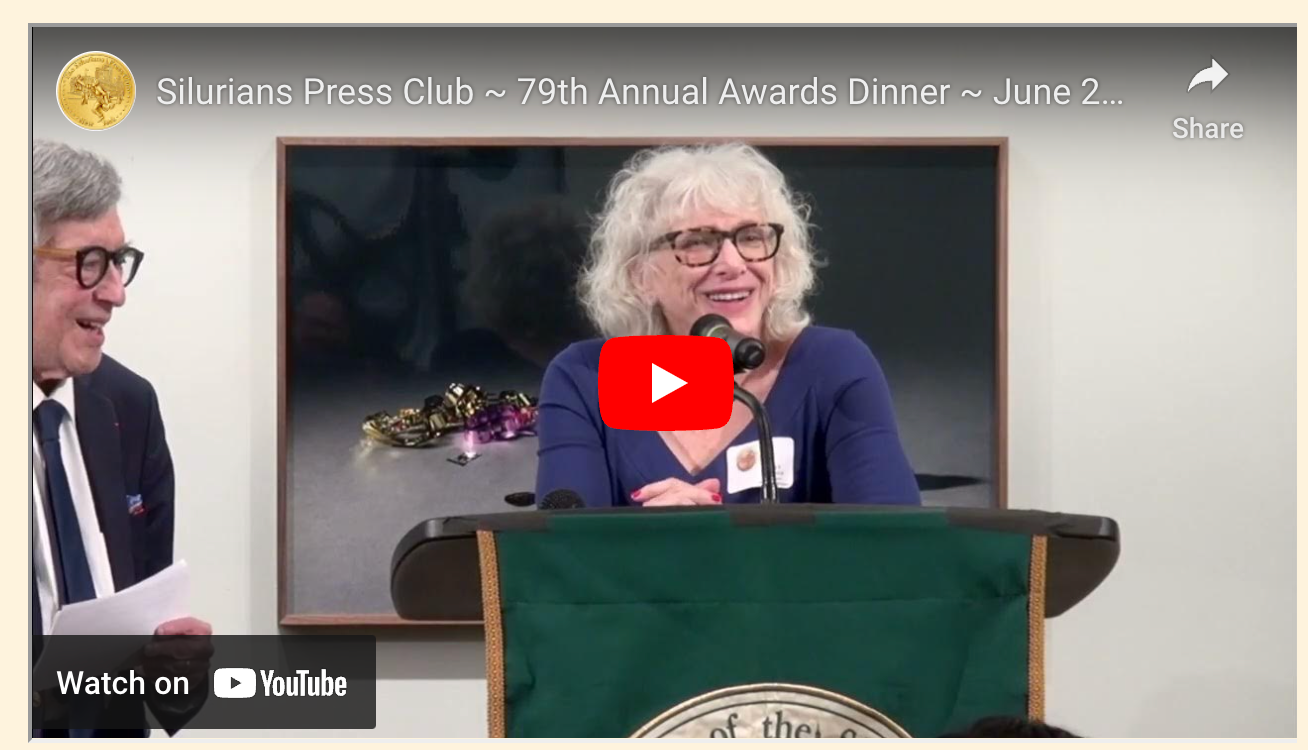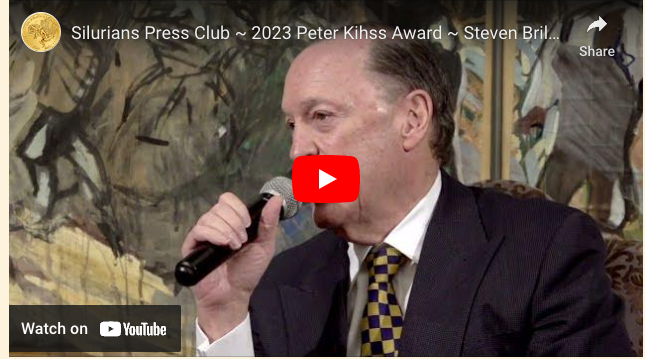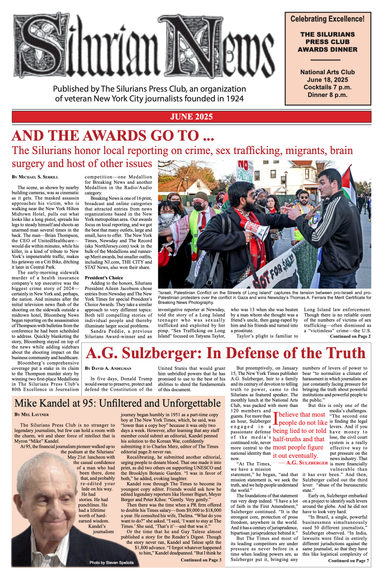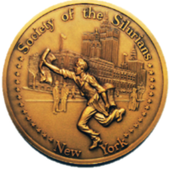AND THE AWARDS GO TO...
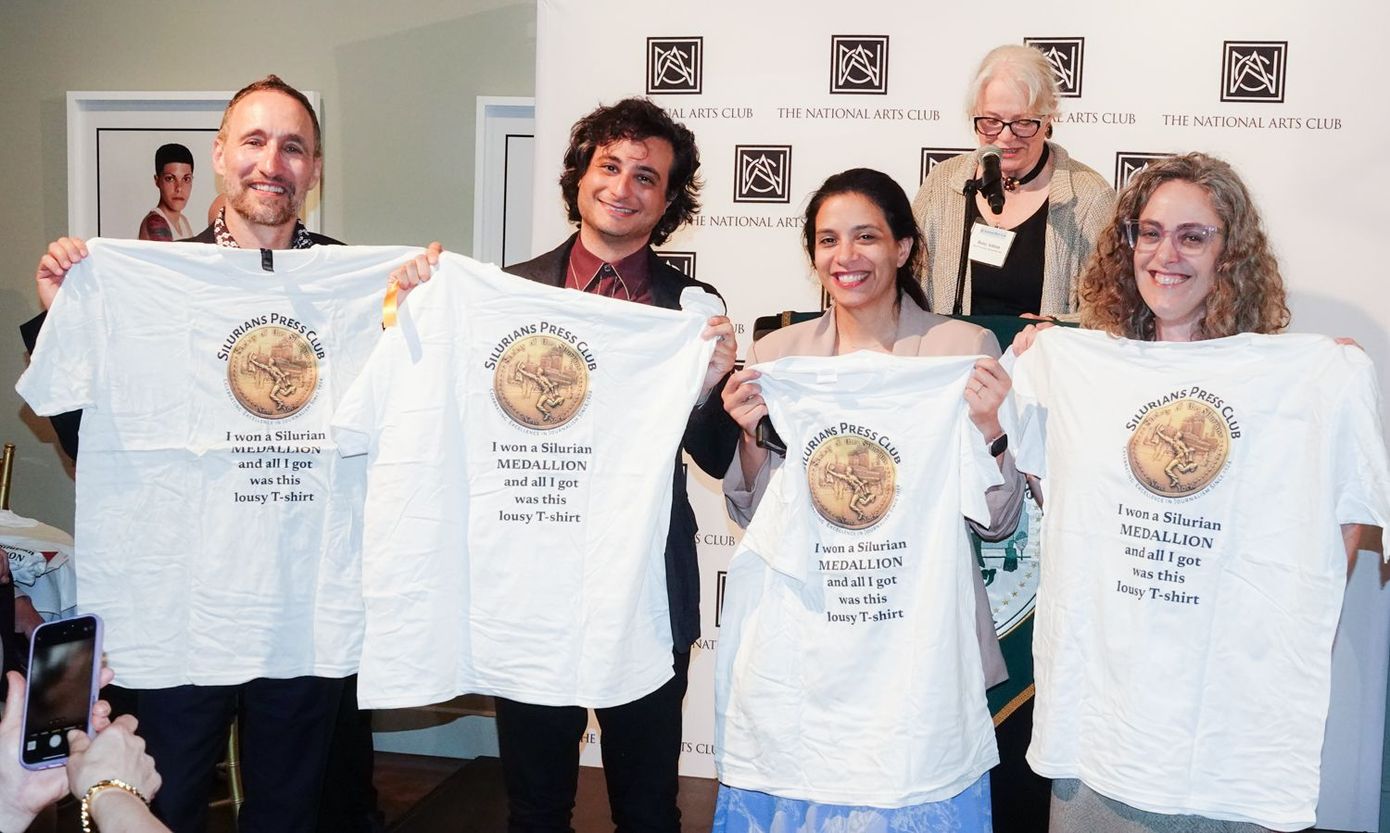
80th Silurians Press Club "Excellence in Journalism Awards" Honor Local Reporting On Crime, Sex Trafficking, Migrants, Brain Surgery and More
The 80th Silurians Press Club Excellence in Journalism Awards was celebrated with a festive dinner on June 18 at the historic National Arts Club in New York City, honoring outstanding work across 16 categories spanning print, broadcast, and online journalism. The event showcased the enduring strength and diversity of New York-area journalism. Dominating the evening were The New York Times, Newsday, and The Record (NorthJersey.com), which collectively earned the majority of Medallions and Merit awards. Yet, the spotlight was also shared by powerhouse teams at Bloomberg News, ProPublica, and NBC’s I-Team, all of whom took home top honors. Notably, smaller but influential newsrooms such as NJ.com, THE CITY, and STAT News also earned Medallions, affirming the vital role of local and specialized journalism.
News Media News

The AI scraping fight that could change the future of the web
Publishers are increasing efforts to protect websites from tech companies scraping content for AI tools. Media companies are suing, creating licensing deals, and trying to block AI crawlers to protect their content.

How Gannett | USA Today and The Independent Are Leading Journalism’s AI Evolution
Mike Reed, CEO of Gannett | USA Today and Christian Broughton, CEO of The Independent, explore how generative AI is shaping the future of journalism/ Interview sponsored by Taboola, a digital ad company.

A.I. Videos Have Never Been Better. Can You Tell What’s Real?
Artificial intelligence tools have taken another leap forward. A new wave of generators can create lifelike video along with realistic audio, including dialogue. Can you tell which one is real and which is AI created?

A lot has changed since we created AI ethics guidelines for newsrooms. Here’s what you need to know now
Poynter Instiute updates its AI guidelines for journalists after just one year. The new update includes a section to walk newsrooms through the considerations for using AI in visual work — with serious cautions.

‘Automating the Boring Stuff’ with Pollfinder.ai
Tow Center for Digital Journalism developing Pollfinder.ai tool to help polling aggregators discover, extract, and organize polling data more efficiently.

Opinion: From ‘Google Zero’ to AI theft: How artificial intelligence is gutting the news industry
"My only hope is someone 20 years from now dusts off this column to mock how wrong I was about the death of journalism at the hands of AI.”
from the June 2025 Silurian News, Page 6
Gossip to Gospel: When Is It News?
Should gossip columnists have to apologize to the journalism community—and to the public—for their craft (and their livelihood)? Here, one veteran of that niche explains why justification is not necessary, and contrasts her craft with today’s rancorous world of social media.—The Editors
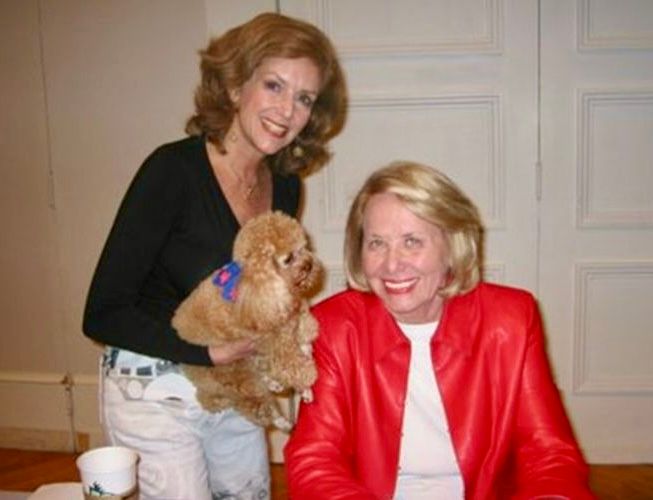
By Karen Feld
Gossip is fun when not malicious. It’s always been part of American culture, but more acceptable today than ever before.
People magazine took it mainstream, and Donald Trump has taken it beyond where most ever imagined. When I started out it was a predominantly feminine trade, relegated to the back sections of papers, considered “unserious.”
However, in politics, then as now, much of what originates as “gossip” quickly graduates to “gospel” seen on front pages around the world. The lines between public and private life have always been complicated, but in today’s climate, they’re almost nonexistent.
